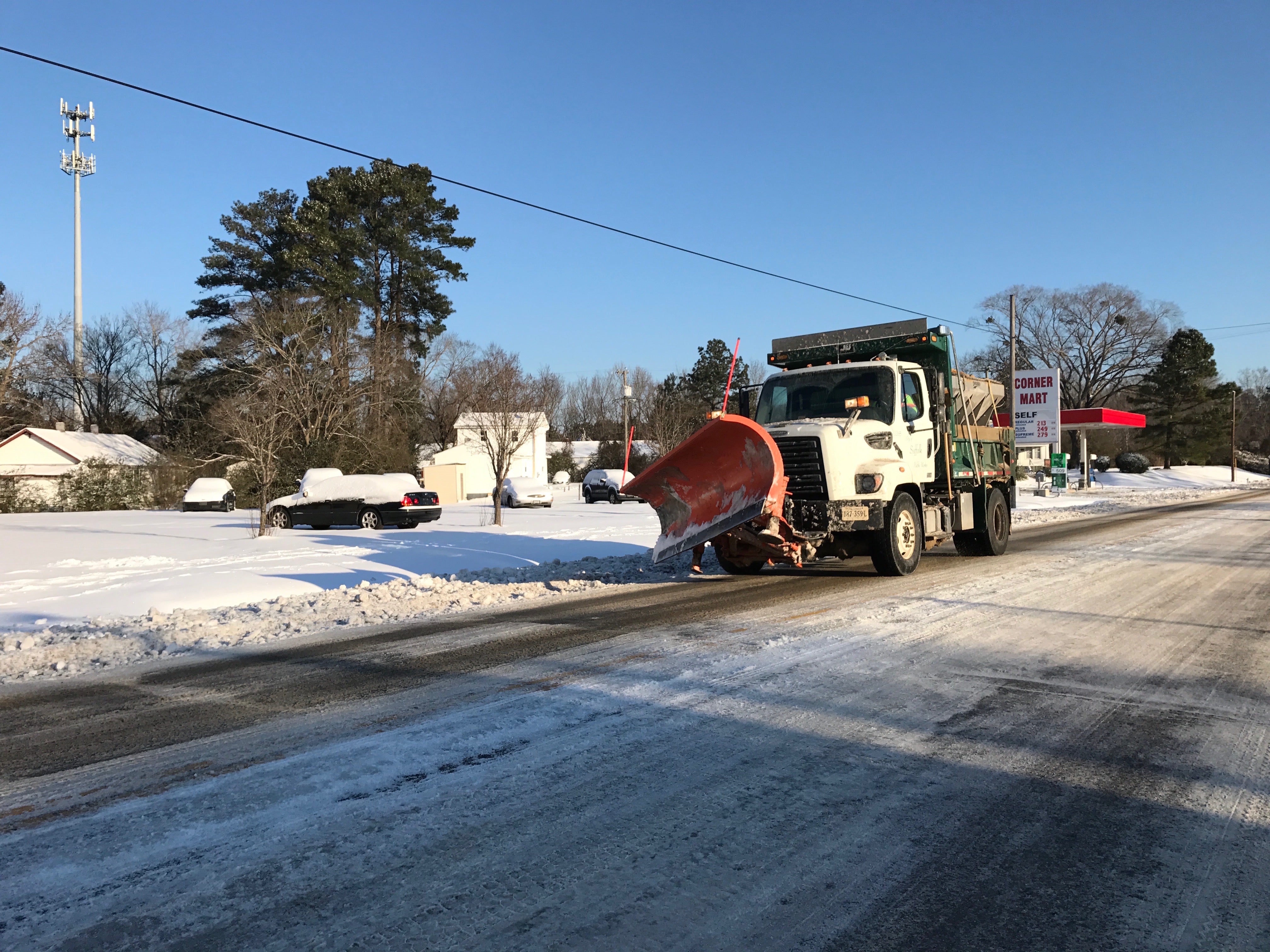Army Corps continuing investigation into Suffolk ordnance depot
Published 12:00 am Tuesday, November 30, 2004
Staff report
The U.S. Army Corps of Engineers continues ordnance and environmental investigations at the Former Nansemond Ordnance Depot (FNOD) site under the Formerly Used Defense Site Program.
The following is a summary of the 2004 project accomplishments and the latest developments.
Discarded Military Munitions Removal Efforts
Between January and November 2004, the Corps has removed 223 discarded military munitions items, 935 pounds of munitions debris, and 165,011 pounds of non-munitions debris from the FNOD.
The Corps has now completed munitions investigations at all the sites identified by EPA as time-critical including the TCC Portsmouth Campus athletic fields and Renovation Plant area
off College Drive.
The Corps has also completed approximately 83 percent of all known required munitions investigations on the FNOD.
The Corps is continuing its munitions investigations in the GE Main Burning Ground area, in the Horseshoe Pond, and at the Nansemond River Beachfront.
In the GE Main Burning Ground area, the Corps has removed 90 munitions items, 536 pounds of munitions debris, and 136,442 pounds of scrap metal this year.
The remaining munitions investigation area, located in the center of the Main Burning Ground, is expected to take the longest to complete due to the fact that it contains a great deal of scrap metal that needs to be sifted.
To speed up the process, the Corps has brought in a mechanical sifter.
This mechanical sifter is being inspected and specially outfitted to protect the field crew and the public.
The Corps anticipates that the mechanical sifter will be operational in early January 2005. A 1,700-foot safety perimeter will be required around the mechanical sifter when it is in use.
The Corps is coordinating its field efforts with the affected landowners.
Environmental Investigations
The Corps is also ramping up environmental investigations across the site and has finalized the background study.
This study establishes naturally occurring background concentrations of select constituents in soil and groundwater.
The results of the background study will be used in the risk assessment process to compare with soil and groundwater sampling data collected at specific environmental investigation sites.
The Corps has installed staff gauges and survey monuments around the former depot to collect data for the site-wide groundwater model.
The Corps also continued with environmental investigation efforts at the Pesticide Drum area, the Tire Pile area, the TCC Lake, the Horseshoe Pond, and along the James and Nansemond River shorelines (also referred to as the Nearshore Area).
The Corps has begun environmental investigations at the Wastewater Treatment Plant, Marine Corps Power Generator Building, and parcels referred to as Tracks G, H, & I in historical documents.
Offshore Area
In May 2004, the Corps completed its first Record of Decision for the FNOD project for the Offshore Area.
The formal decision document states that no further action is required for portions of the James and Nansemond Rivers adjacent to the former depot.
The document was signed by the Corps and EPA on May 24, with written concurrence by the Virginia Department of Environmental Quality (VDEQ).
The Offshore Area includes three miles of river from the James River near the I-664 bridge to the Nansemond River near the GE facility from the Mean Low Water line out as far as one nautical mile from shore.
The Corps tested river sediments for FNOD-related contaminants of concern such as explosives (such as TNT), metals (such as Lead and Arsenic), Pesticides (such as Dieldrin), and Volatile Organic Compounds (such as TCE – a contaminant associated with solvents).
Next Restoration Advisory Board (RAB) Meeting
The Restoration Advisory Board (RAB) for the Former Nansemond Ordnance Depot (FNOD) project will hold its next meeting on Thursday, Dec. 2 at 6:30 p.m.
The meeting will be held at the Bon Secours Health Center at Harbour View, located at 5818 Harbour View Boulevard in Suffolk, in the second floor conference room. RAB meetings are open to the public.
All interested parties are encouraged to attend.
Meeting Topics will include:
RAB Input on the Updated 2005 Site Management Plan Priorities
RAB Input on project strategies for the Main Burning Ground and Horse Shoe Pond.
James River Beachfront Risk Assessment
Individual project updates
Land Use Controls Agreements with the City & affected Landowners
The Restoration Advisory Board was established in 1997.
It is a communications forum that enables the public to provide input on cleanup efforts to the Corps and the environmental regulators.
It is comprised of a diverse array of stakeholders including community members, local business representatives, local and state officials, a TCC representative and environmental staff from the Corps, VDEQ and EPA.
For more information, contact Adriane James, FUDs Program Manager, U.S. Army Corps of Engineers, at
441-7701.



